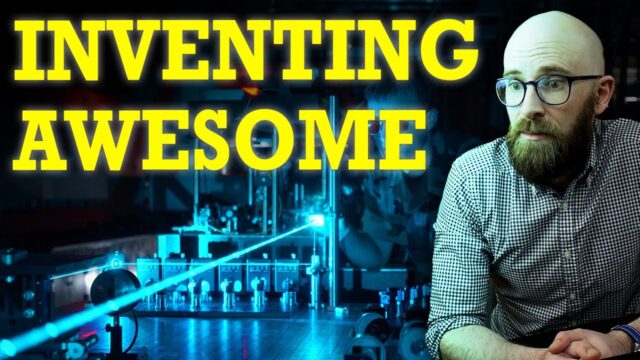“Unlocking the Light: The Genius Behind Lasers and Their Astonishing Secrets Revealed!”
Thankfully, however, Maiman’s discovery opened the floodgates on laser research, and new discoveries in the field came hard and fast. Just seven months later, Ali Javan, William Bennet, Jr., and Donald Herriott at Bell Labs in New Jersey invented the first gas laser, which used a mixture of helium and neon as the emission material and could produce a continuous laser beam. In 1962, Robert N. Hall at the General Electric Research and Development Center in Schenectady, New York developed the first solid-state semiconductor laser – the ancestor of the cheap laser pointers we – and our cats – know and love today; while in 1964 Kumar Patel at Bell Labs created the carbon dioxide laser, which could easily be built in the megawatt range – powerful enough to cut and weld steel.
And despite Irnee D’Haenens’ 1960 assertion, lasers soon found a wide range of applications, with their ability to produce extremely straight, focused beams of uniform frequency proving highly useful multiple fields. Helium-neon lasers were used to draw straight lines on construction sites, measure ranges on the battlefield, and create the first 3D holograms; carbon dioxide lasers to cut and weld metal and other materials in factories; and ruby lasers to measure the distance between the earth and the moon, the beam being bounced off retroreflectors left on the surface by the Apollo astronauts. In the 1970s, doctors began using finely-adjustable dye lasers to treat skin diseases like melanoma and perform optical surgery without cutting into the eyeball, while the development of ultra-pure optical glass fibres allowed telephone signals and other data to be transmitted around the world by pulses of laser light – and for more on these latter two developments, please check out our previous videos Alexander Graham Bell’s Forgotten Greatest Invention as well as Changing Views with a Weird Soviet Turntable Procedure – The Story of Radial Keratotomy on our sister channel Highlight History.










